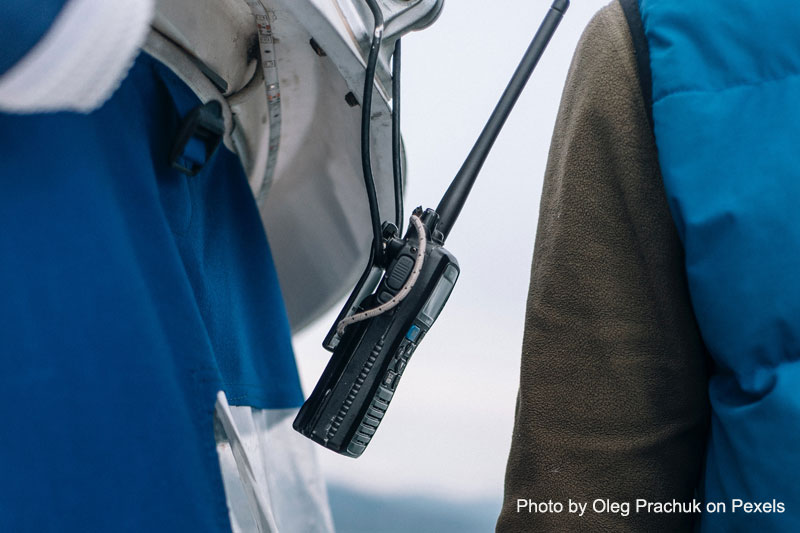How to Choose the Best Two-Way Radios for Your Team

Purchasing a fleet of two-way radios for your team is a great way to take your business operations to the next level. Unfortunately, it’s also a tremendous expense. And while the value that these communication networks bring often means that the company gets a huge return on the investment, it’s still vital to spend some time ensuring that you make the right decision and get the best two-way radios for your business needs.
To identify the best two-way radios for your business or team, there are several factors that you should consider. These factors include:
- Maximum Range: The range of coverage your company needs is one of the most important factors. The range required for a small business is likely much smaller than an organization with a sprawling campus, such as a major hospital or university. It’s also important to recognize that many manufacturers may advertise radio performance under ideal conditions. Radio performance is impacted by topographic obstructions, forest or dense buildings, weather, electromagnetic interference, and large metal surfaces. Given your exact environmental conditions, you must look at the fine print and talk to experts about how a radio may perform. Then, you have an idea of the type of range you may require.
- Channels and Privacy Codes: Security and privacy are a huge concern for many businesses, particularly those that may share sensitive information over two-way radio. While you can use two-way radios in public areas, you may also hear transmissions from anyone on the same channel. Unfortunately, that also means they may hear your transmissions. Privacy codes add more identification layers to the transmissions and filter out all transmissions that do not identify the speaker. Unfortunately, anybody on the channel may still hear your communication. But these codes can quickly cut down on the chatter from other users on the channel by limiting your communication to those sharing the code. This feature greatly reduces the likelihood that your conversations are overheard.
- Durability: Depending on your work, you may need radios that are more durable than others. For instance, hospitals may need waterproof radios as they can be exposed to liquids, while construction sites may need louder volumes to ensure that workers can hear them adequately. Sites with extreme environmental conditions, such as very cold or very hot, should identify radios capable of performing in that environment. Two-way radios are supposed to enhance the ability of your team members to communicate with one another, but they can only do that when they are reliable. Identifying radios durable enough to handle your team’s daily challenges are best.
- Features you need: A wide variety of two-way radios have different features and capabilities. By identifying the most important features to your team, you can focus on options that offer all the features they need. Common features include:
- Battery options include extra batteries for shared use during different shifts, multi-battery charging options, and extended battery life.
- GPS functionality allows for tracking team members or fast incident response, saving you crucial time when seconds matter.
- Texting and navigation functionality that may be compatible with cell phone apps. Users may send text messages and location coordinates to nearby group members with some radios.
- Group communication enhancements that can allow communication between multiple group members or across the entire organization, if needed. This benefit can help your organization provide clear and effective communication during emergencies or disaster scenarios.
- Health and safety features like two-way radios can be sanitized properly. This feature can protect the health of your team, especially in environments where team members share radios.
- Interoperability functionality to allow for integration with older legacy equipment and new technology.
- Compatibility with Bluetooth or other pairing options that ensure your team can use auxiliary devices to hear.
- Device management features or compatibility with platforms can simplify and streamline the management of all endpoints, including providing user restrictions and forcing critical updates to occur.
- Design that allows for the growth of your two-way radio network to meet your future demands.
- Connectivity to multiple communications networks can allow your two-way radios to alternate between traditional two-way radio transmissions and use Wi-Fi to support communication.
These features are only a small sampling of the many different design elements that can be incorporated into your two-way radios. To learn more about identifying the best two-way radios for your team, contact Bridge Wireless today.
Bridge Wireless provides communication solutions for businesses, schools, corporations, and more. Let their team design and build a two-way radio communication solution to fit your needs.
